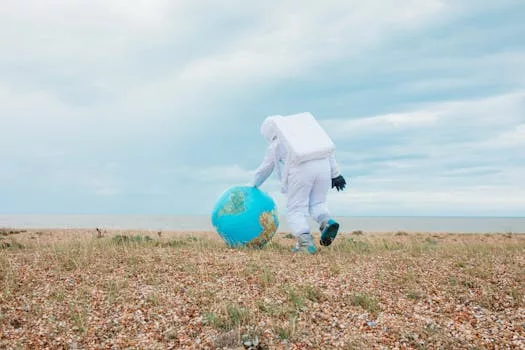
“
Introduction to the Cosmos and Human Imagination
From Stardust to Dreams: Imagining Life Beyond the Stars is a journey through the cosmos, exploring the mysteries of the universe and the human imagination. The focus keyword, From Stardust to Dreams, sets the stage for an adventure that combines science, speculation, and the infinite possibilities of the human mind. As we gaze up at the night sky, we are reminded of our place within the grand tapestry of space and time, and the question that has haunted humanity for centuries: are we alone in the universe?
The Building Blocks of Life and the Universe
The universe is composed of stardust, the remnants of stars that have lived and died over billions of years. This stardust contains the elements necessary for life as we know it, including carbon, oxygen, and iron. The formation of stars and planets is a complex process, involving the gravitational collapse of gas and dust, and the eventual ignition of nuclear fusion in the core of a star. As stars age and die, they expel their elements into space, providing the raw materials for the creation of new stars, planets, and potentially, life.
Imagining Life Beyond Earth
The possibility of life existing elsewhere in the universe is a topic of ongoing research and debate. With the discovery of exoplanets, some of which are located in the habitable zones of their respective stars, the likelihood of finding life beyond Earth has increased. The existence of extremophiles, organisms that can survive in extreme conditions on Earth, further supports the idea that life can thrive in a wide range of environments. As we continue to explore the universe, we may eventually find evidence of life beyond our planet, challenging our current understanding of the cosmos and our place within it.
Space Exploration and the Search for Life
Space agencies and private companies are actively pursuing the search for life beyond Earth. Missions such as the Kepler Space Telescope and the Transiting Exoplanet Survey Satellite (TESS) have discovered thousands of exoplanets, some of which are believed to be rocky worlds with conditions similar to those of Earth. Future missions, like the James Webb Space Telescope and the Square Kilometre Array (SKA), will provide unprecedented insights into the formation and evolution of the universe, and the potential for life to exist elsewhere.
The Power of Human Imagination
As we explore the universe and search for life beyond Earth, we are driven by our imagination and curiosity. The ability to envision alternative worlds and scenarios allows us to push the boundaries of scientific inquiry and to consider the possibilities of life existing elsewhere in the universe. Human imagination has led to countless breakthroughs and discoveries, from the development of technologies that enable space travel to the creation of works of art and literature that inspire and challenge our understanding of the cosmos. This power of imagination is beautifully captured in Soaring Through the Cosmos.
Conclusion and Takeaways
In conclusion, From Stardust to Dreams: Imagining Life Beyond the Stars is a journey that combines science, speculation, and the human imagination. As we explore the universe and search for life beyond Earth, we are reminded of the infinite possibilities that exist within the cosmos and the human mind. The takeaways from this journey are numerous, including the recognition that we are part of a larger universe, that life may exist elsewhere, and that human imagination and curiosity are essential drivers of discovery and progress. For further insights on this topic, check out Galaxies of Dreams.
Main takeaways:
- The universe is composed of stardust, the remnants of stars that have lived and died over billions of years.
- The possibility of life existing elsewhere in the universe is a topic of ongoing research and debate.
- Space agencies and private companies are actively pursuing the search for life beyond Earth.
- Human imagination and curiosity are essential drivers of discovery and progress.



